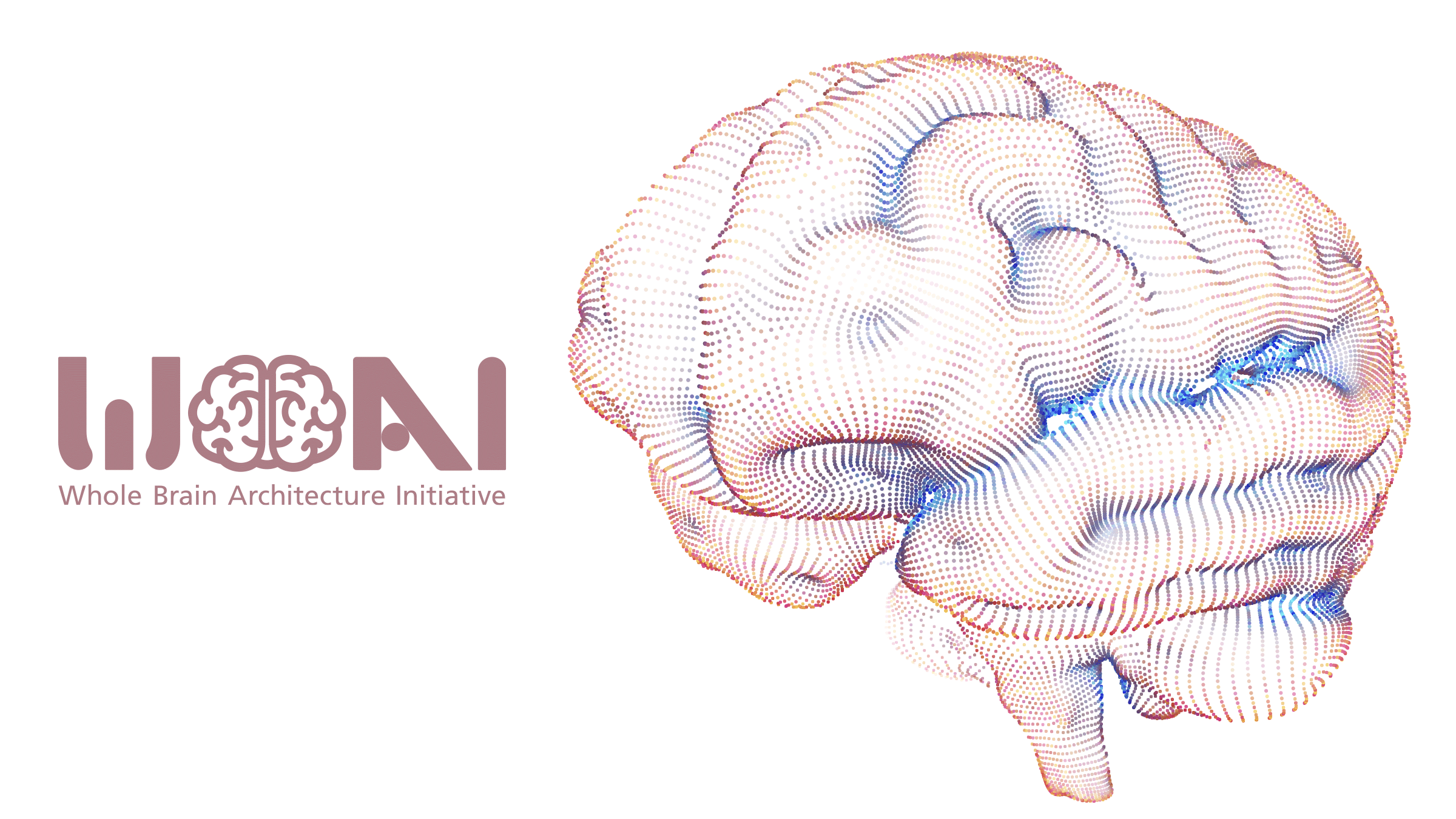Recent years, artificial intelligence (AI), the technology to realize human-like intelligence on computers, has been penetrating to our society and we hear more and more news about its applications such as automatic driving and question answering systems. AI will bring about a great economic values to the society and human life by contributing to industries and sciences, by, for example, advancing medical and climate technologies. The AI technology is also thought to advance at an accelerated pace to realize artificial general intelligence (AGI) as flexible as human beings in this century at latest.
While AI is in the dawn of great advancement due to the recent development of deep learning, we can also see limits in its communication capability based on the understanding of the world and the lack of flexibility to combine capabilities to solve various tasks as learning them. At the moment, AI is not capable of highly creative tasks nor good at manual labor such as household chores, which are not difficult for human beings.
Specialized (narrow) AI for various tasks will rapidly advance with machine learning technologies such as deep learning. However, in order to realize AGI having the capability of learning various tasks like human beings, an architecture that combines machine learning modules would be required.
Given that the only existing architecture that has such capability is the human brain, mimicking it in an appropriate level would be a quite reasonable approach. Until recently, the neuro-scientific knowledge of the architecture of the entire brain was scant and difficult to access.
However, only in recent years the mesoscopic connecting structure (connectome) has been revealed with the worldwide efforts in neuro-science, and the knowledge will give us good clues. With such technological advances, the Whole Brain Architecture that combines machine learning modules while drawing on neuro-scientific knowledge could now be a valid alternative to reach AGI.
Meanwhile, the impact to our society that AI will bring about is expected to be quite large. Issues include changes too fast for job situations, legal handlings of damages made by autonomous AI, the issue of human dignity as human intelligence surpassed by AI, excessive empathy to AI, and crimes with AI.
Recently, forms of R&D, with which we can prepare for the change in our society brought about by the technology as well as share the benefit have been sought internationally. Here, we believe that it is best for the human society of the next generation to realize AGI lead by open R&D communities.
Thus, we established the Whole Brain Architecture Initiative as an NPO with public utilities to support the development of AGI by open R&D communities contributing to the human society, on a long-term basis. We shall build a network of researchers in related areas and make R&D efforts such as developing machine learning modules mimicking brain organs and software platforms to combine them. We shall foster researchers and engineers of the next generation through activities such as hosting seminars as well.
Here, we shall make the result of our R&D open and encourage research institutes and enterprises to join our activities by building an open community.
September 15, 2015



 Japanese
Japanese